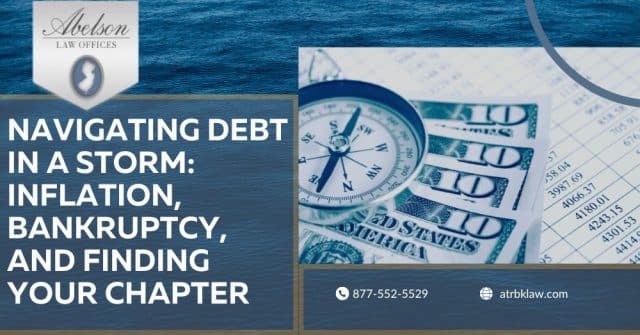Filing for Chapter 7 or Chapter 13 is a hard blow for most people, but it can be the first step toward a more financially stable future.
To some, having to declare bankruptcy seems to constitute the ultimate failure. For others, it is a brand-new start and an opportunity to manage their financial life responsibly in the future. Bankruptcy is not something to be entered into lightly, and it has major impacts on your credit score and on your ability to obtain credit in the future. It is never the end of the world, however. You can survive bankruptcy and come out on the other side more financially solid.
Avoiding bankruptcy
Of course, it’s best to avoid bankruptcy in the first place, if possible. If you have a financial adviser or lawyer who is recommending that you file, get a second and third opinion. In many cases, there are ways to avoid bankruptcy and work out your current debts. Some advisers are more willing than others to help you explore those options. In some situations, however, declaring bankruptcy is the only path forward, and for these people, it is the first step to a new financial life.
Types of bankruptcy protection
There are two major types of personal bankruptcy filings in the United States: Chapter 7 and Chapter 13. Chapter 7 is used most often by people who have few assets and no ability to work out a repayment plan on their existing debt. Most assets are turned over and sold to repay debts, the debts are then wiped out, and the debtor emerges from the process quickly. Chapter 13 allows the debtor to keep most of his or her assets and forces lenders to work with the courts to come up with a modified repayment plan. This type of bankruptcy filing is used when the debtor owns significant assets, such as a car and a house. These filers have ongoing sources of income and need most of their existing assets to continue to earn the income. A Chapter 13 process can last for years until the debts are paid off. While both types of bankruptcies last for 10 years on your credit report, a Chapter 7 filing can have a more detrimental effect on your credit score.
Rebuilding credit
After emerging from a Chapter 7 filing or during a Chapter 13, the first goal is to begin to rebuild and repair your credit. Despite all of the fantastical claims by credit repair companies, there is no quick and easy way to boost your score. The credit hit your score has taken will make you ineligible for most forms of new debt. You may be able to obtain a secured credit card. This type of card requires you to put up a cash deposit and you have access to use up to the amount of the deposit. While this doesn’t actually provide you with new credit, the benefit is that the company will report the activity on the card to the credit bureaus and you can begin to build a new credit history. It may take several years, however, before your score is high enough to apply for a car loan or mortgage. Actively monitoring your score and diligently managing your post-bankruptcy credit will slowly allow your score to rise.
Managing your credit post-bankruptcy
While filing for bankruptcy offers you a new start in your financial life, avoiding ending up in the same position in the future can take some work. Managing every dollar that comes in and goes out the door is important to ensure that you don’t drive up your debts going forward. Many people who declare bankruptcy had to do so because of factors beyond their control — an irresponsible spouse, unexpected medical bills, etc. — but for many others, debts simply crept higher and higher without notice. A simple budgeting program, such as Quicken, can help you know how much money you spend and earn every month, as well as your total assets and debts.
The bottom line
Filing for personal bankruptcy is the last resort for those who cannot carry their current debt load, but it often comes with further financial damage and emotional strain. Understanding the reasons for your crushing financial picture and slowly rebuilding your credit history are critical steps in surviving the process.
Article from money.msn.com




